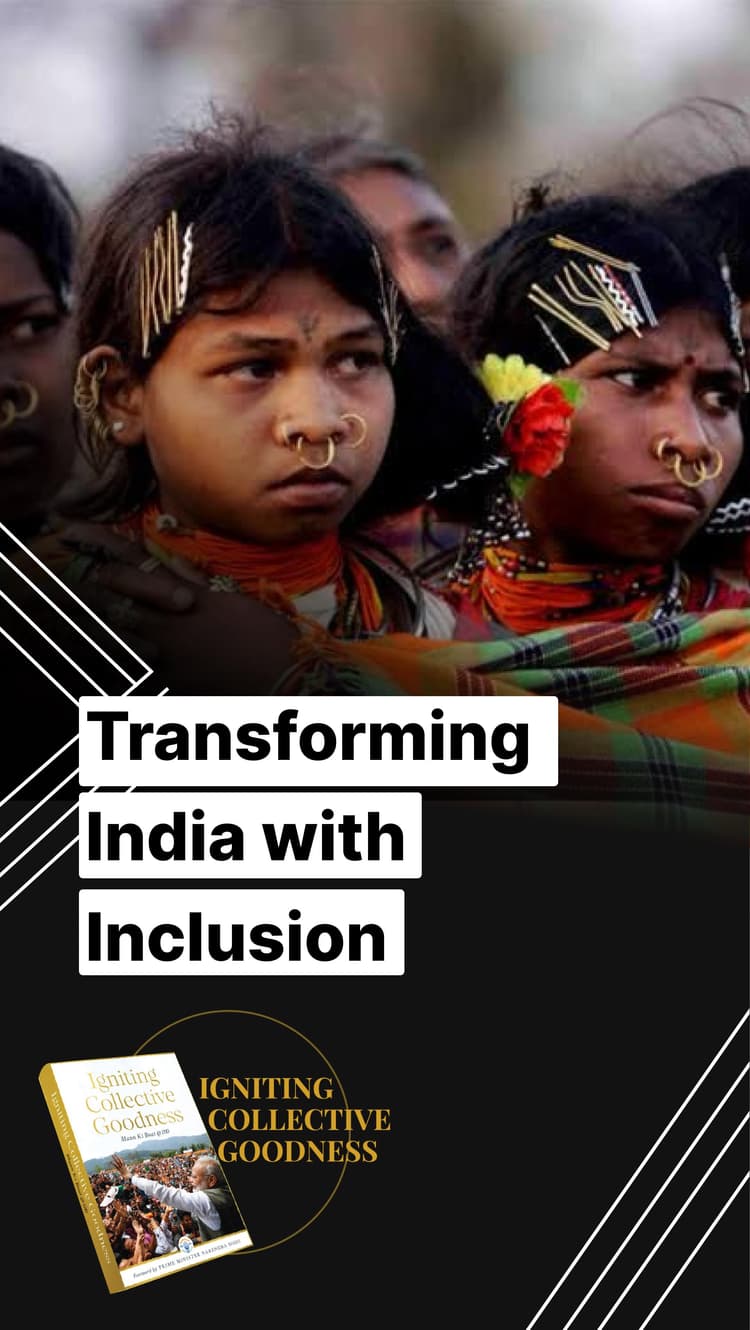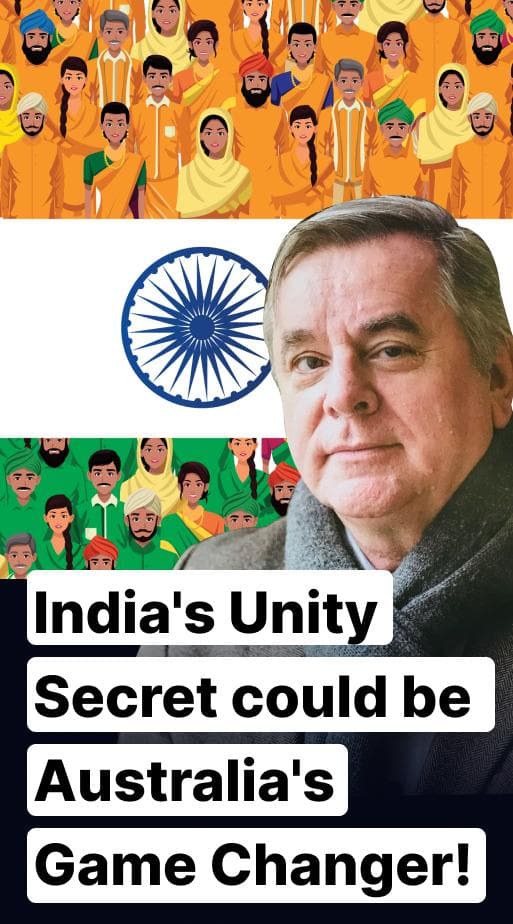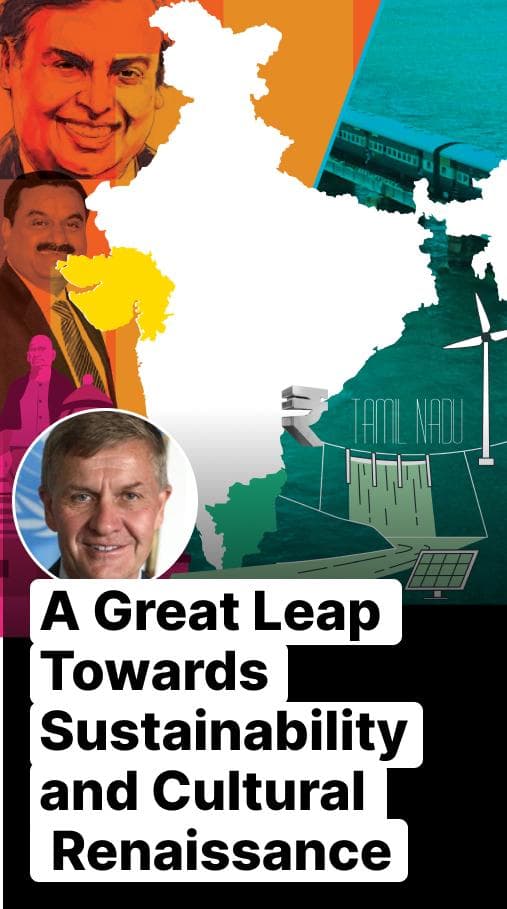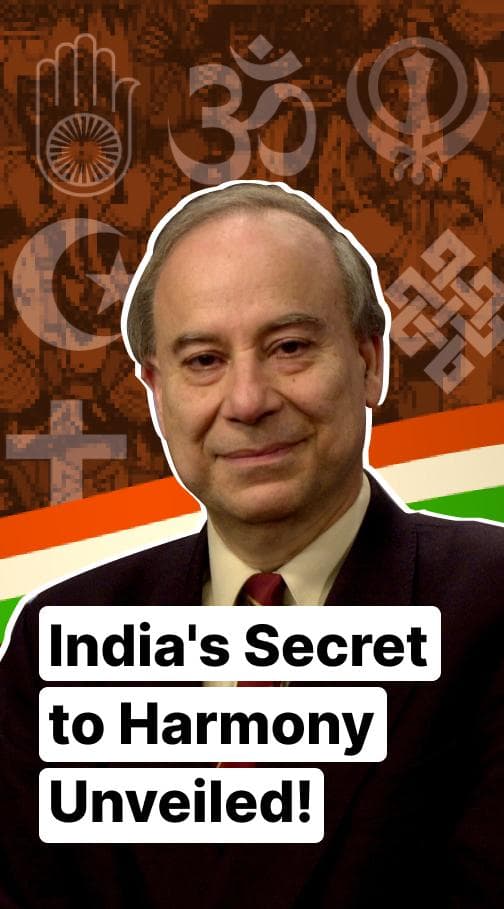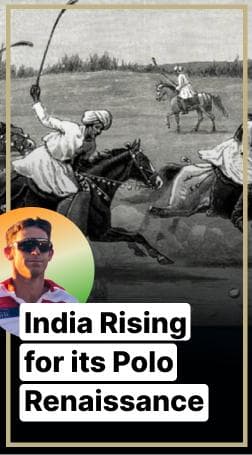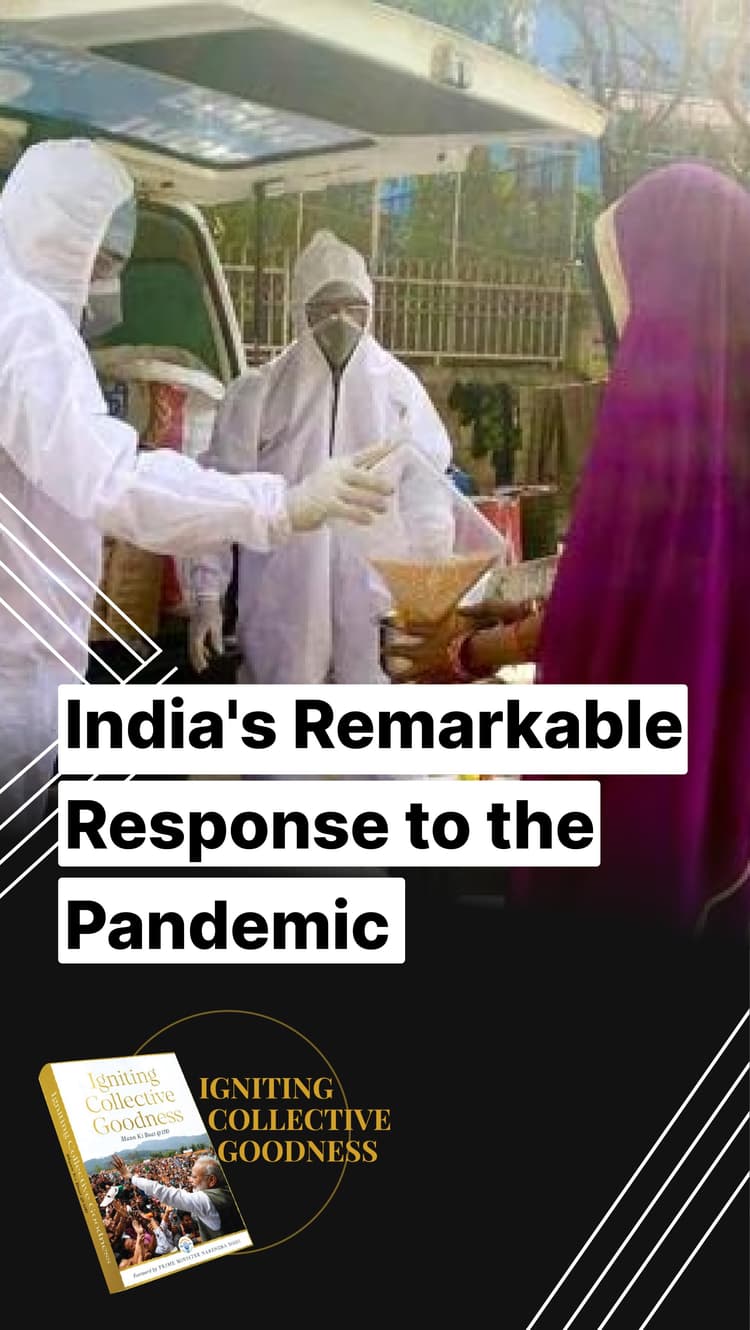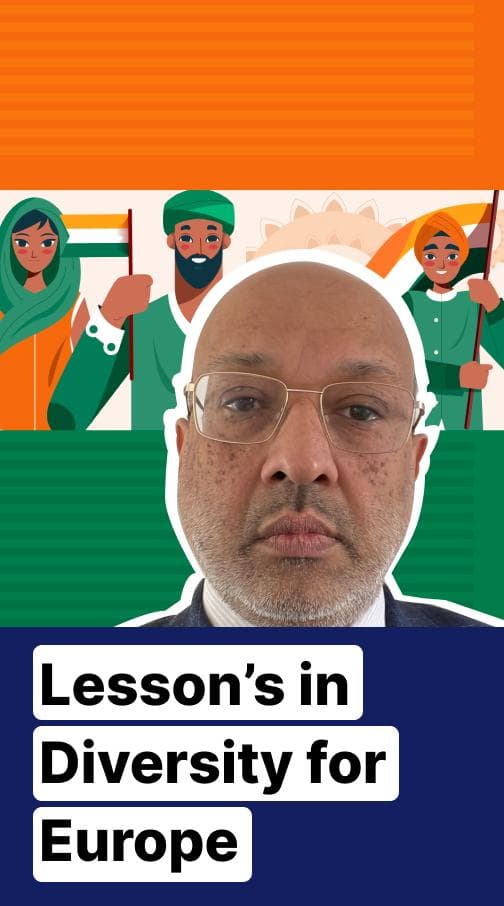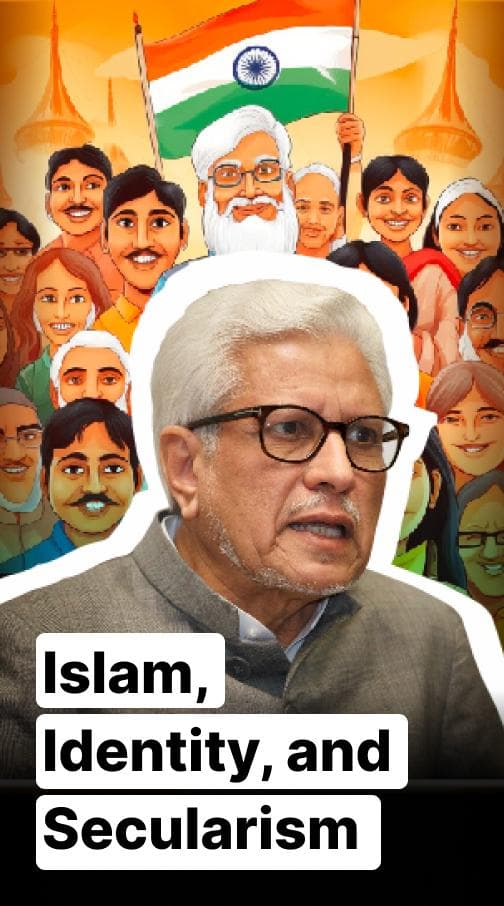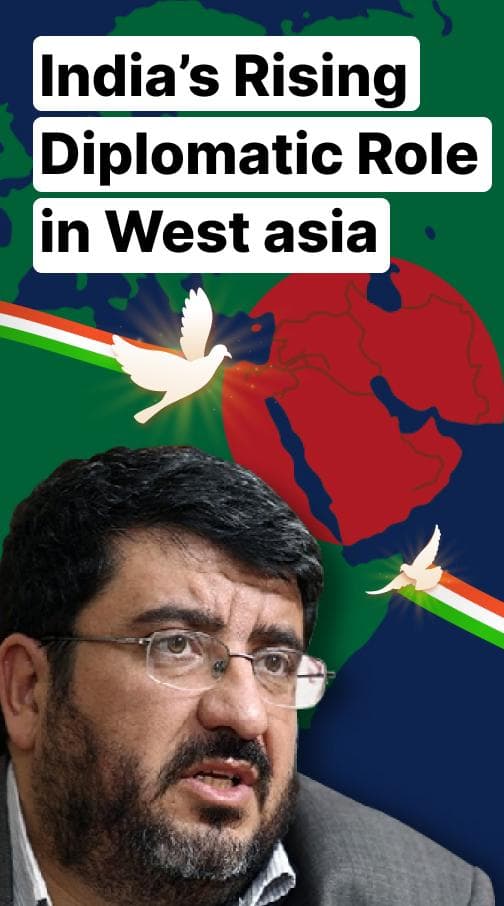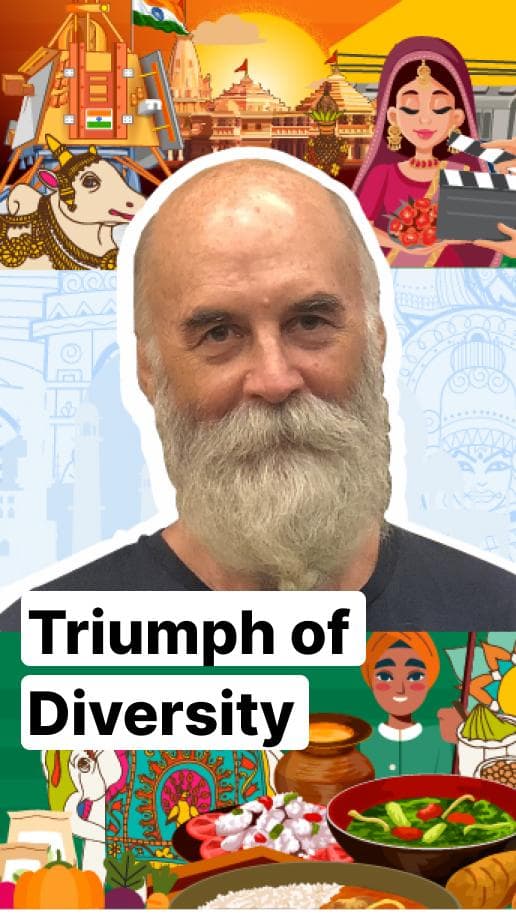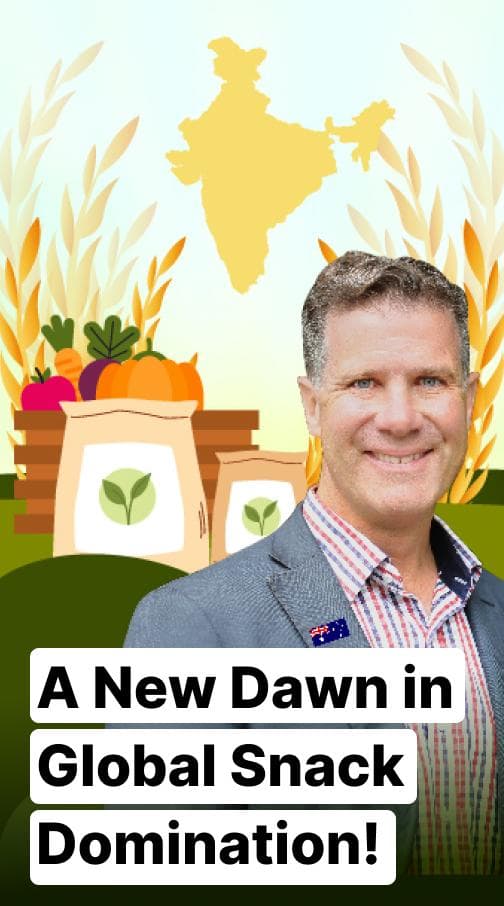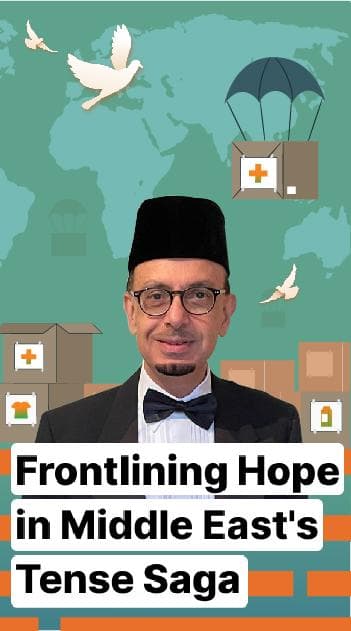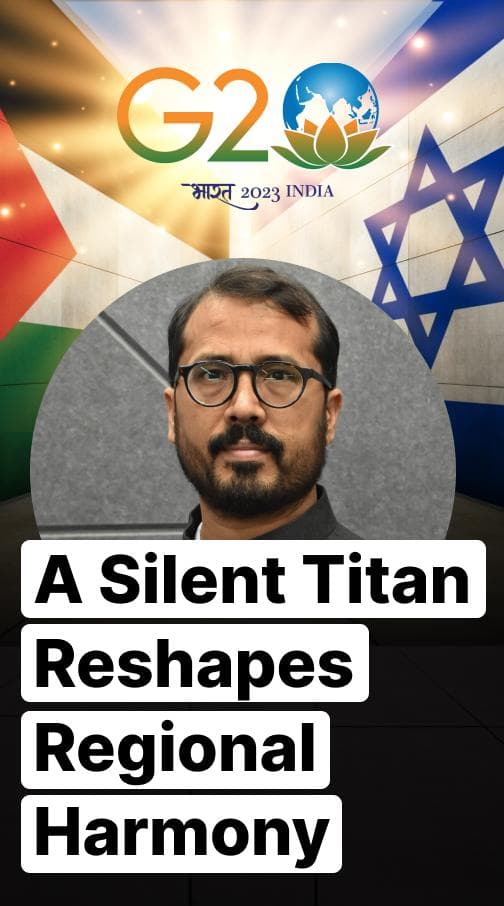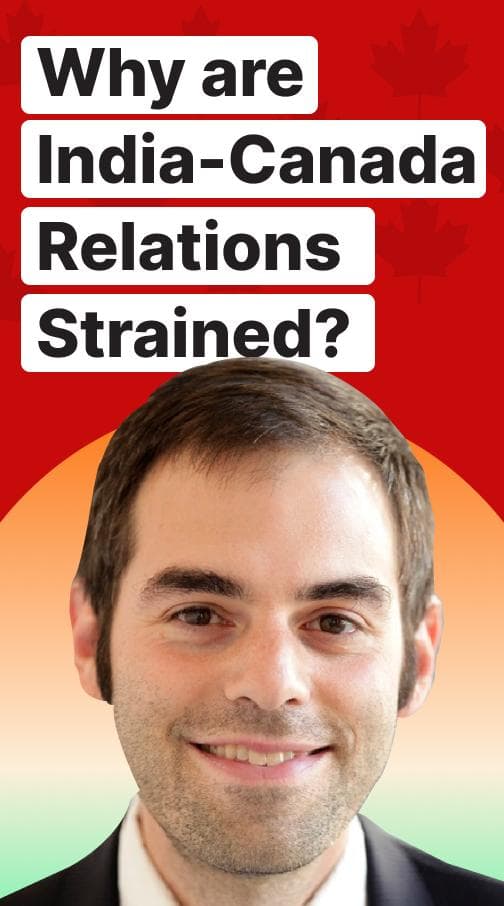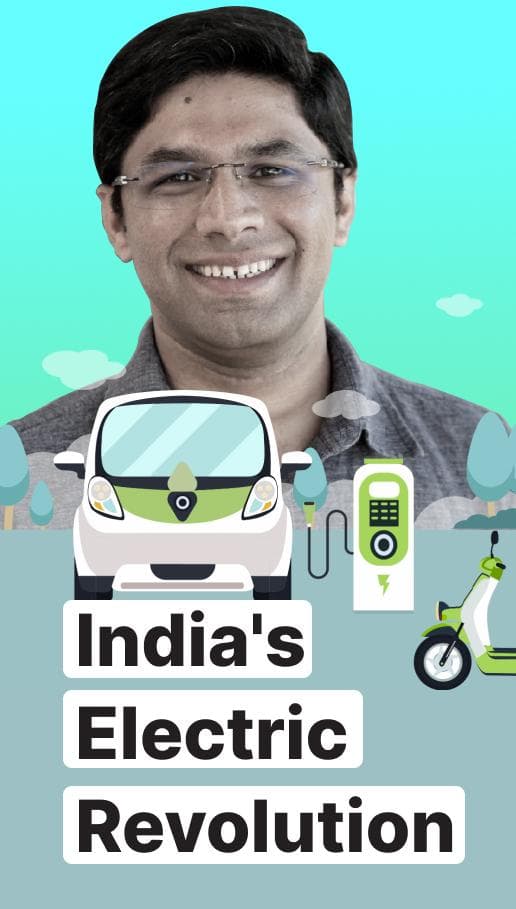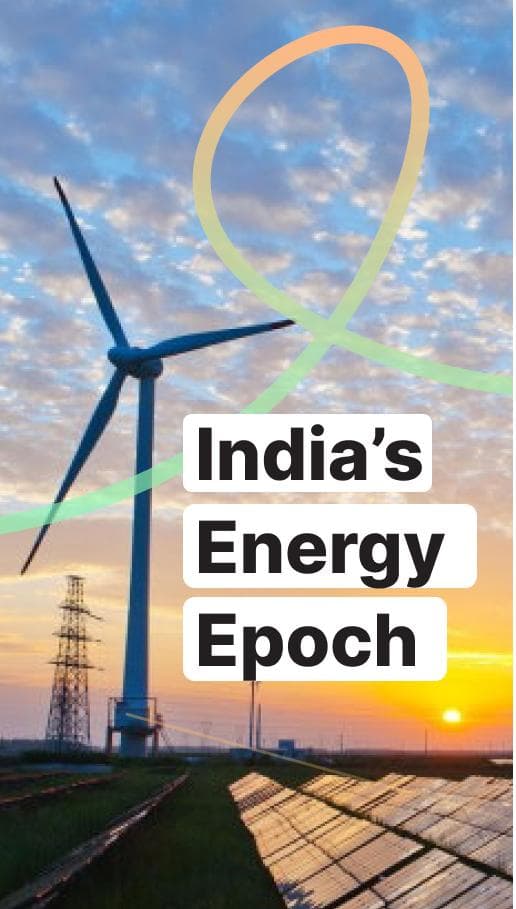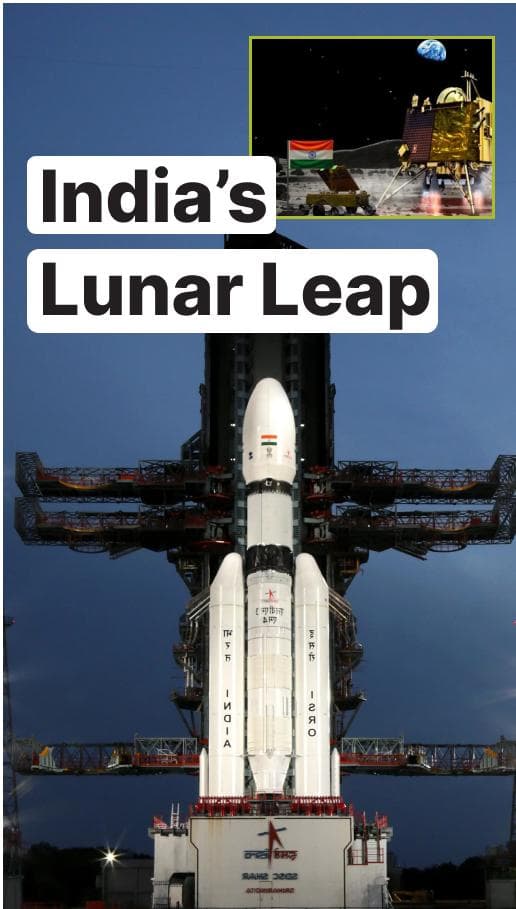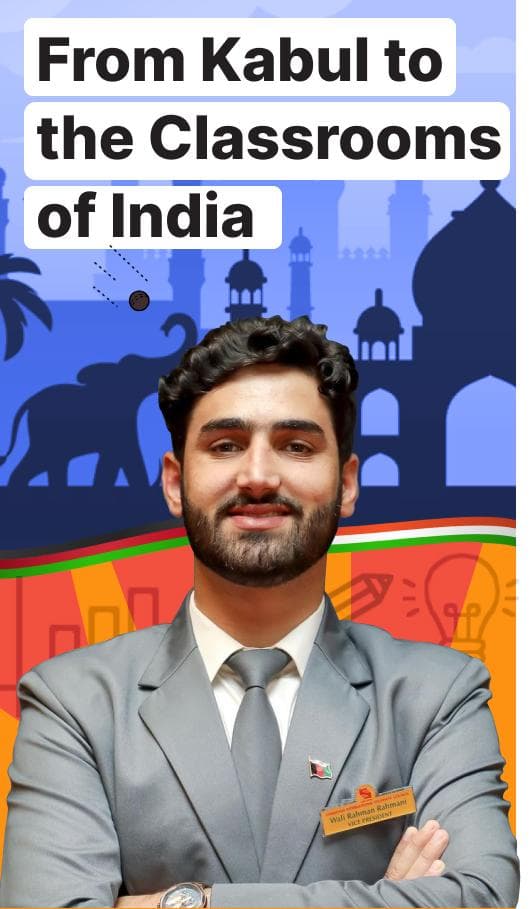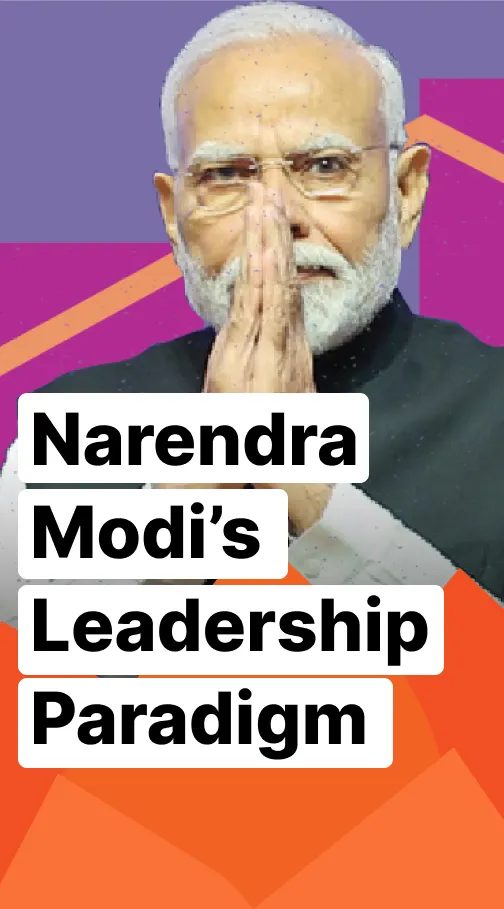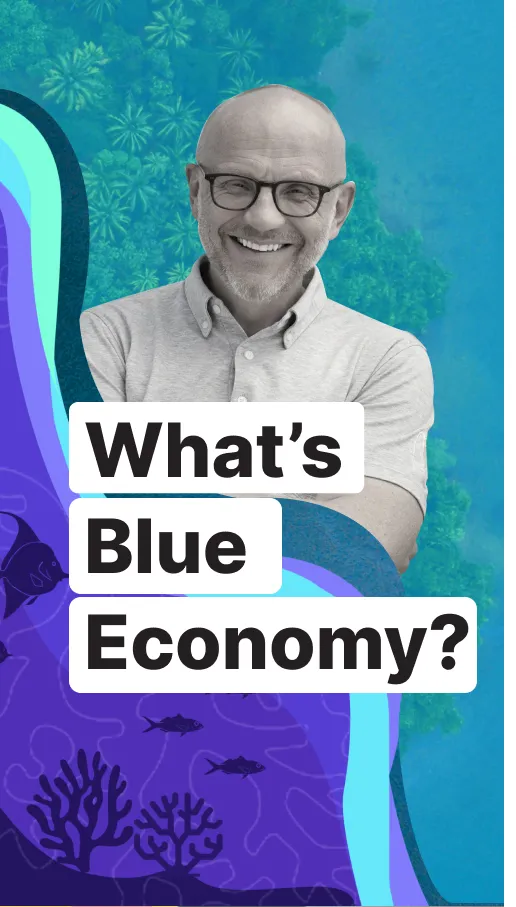India's Hidden Gems
Explore India's breathtaking diversity and vibrant culture through Prime Minister Narendra Modi's inspiring radio series.
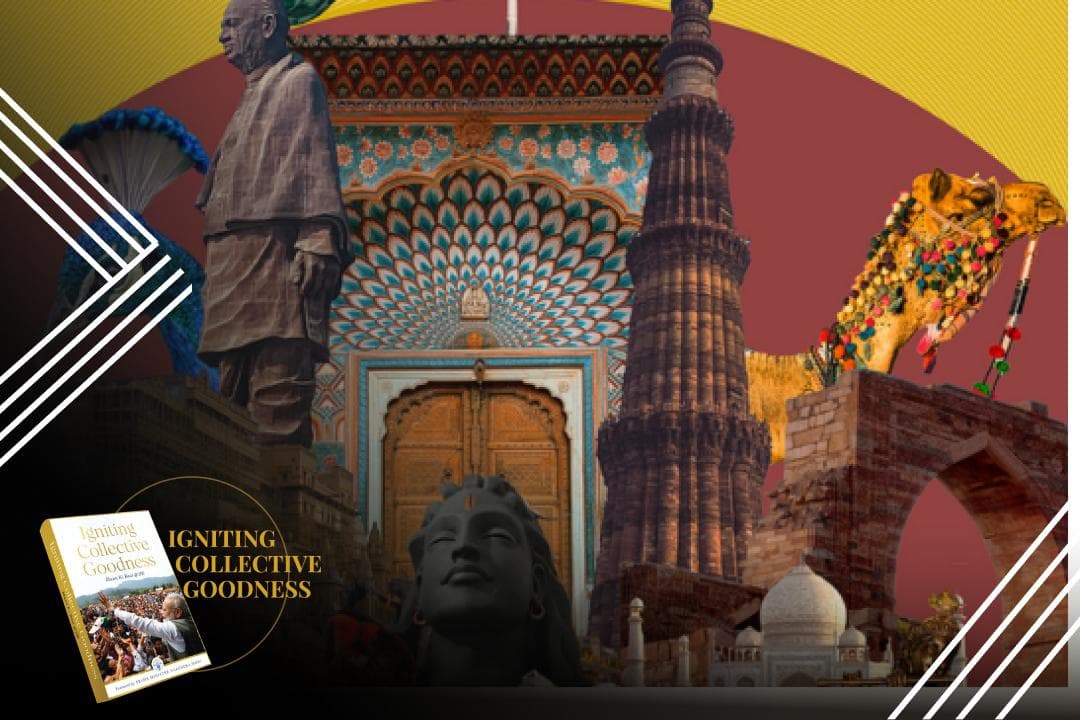
In the beginning of Chapter 18, Igniting Collective Goodness reflects that “India’s tourism sector has not reached its full potential.” This stems from the perception that India was somewhat lacking in proper facilities and cleanliness. Connectivity was perceived as a problem, as well as concerns among Westerners regarding the safety of solo women travellers in terms of travel and lodging. Prime Minister Modi, through his platform of Mann Ki Baat, encouraged participation not only by the government but also by individual Indians to make the country more tourism-friendly.
As a part of this initiative, the Prime Minister encouraged people to share their holiday photos using the hashtag #IncredibleIndia. This resulted in a flood of beautiful images, stories, and tweets from across the country. Modi replied, retweeted, and commented on many of the posts, causing great excitement and adding to the momentum, which heightened awareness of many of the heretofore lesser-known treasures of India far and wide.
“The nature of the images varied, and they were an eclectic mix encapsulating India’s enchanting beauty. Someone shared a beautiful view of the Teesta River, which originates in North Sikkim. Kaushal Inamdar shared an image of the Golden Temple at Amritsar, the holy shrine of the Sikhs. Yogesh shared pictures of magnificent Hampi in Karnataka. Kaustubb Khare shared a beautiful image of the seventeenth-century Sindhudurg Sea fort in Konkan,” and so it went on and on across the World Wide Web (Igniting Collective Goodness, Chapter 18).
The public participation in promoting a more tourist-friendly India has come from many different quarters. Isaak Munda, from a small village in the Sambalpur district of Odisha, uses social media videos to educate others in the traditional ways of cooking the local dishes by sharing his lifestyle, his family, their food habits, and cuisine.
The initiatives that led to the transformation of the Chandrapur Fort in Maharashtra took a concentrated campaign of 200 days of locals performing the task of simply cleaning the historic fort, citing the duty of all countrymen to keep sites of national heritage safe and clean.
In Episode 57 of Mann Ki Baat, Prime Minister Modi celebrated: “And you too will be delighted to know that today our rank is 34 on this index (The World Travel and Tourism Competitive Index), whereas five years ago we were ranked 65th, which is a big jump.”
Seeing the immense potential of tourism, in Episode 78, the Prime Minister brought our attention to the Statue of Unity, the tallest statue in the world. Dedicated to the memory of Sardar Saheb, this site houses a cactus garden, butterfly garden, jungle safari, children’s nutrition park, and Ekta Nursery. (Sardar Saheb refers to the Indian activist Vallabhbhai Patel, who was the first Deputy Prime Minister of independent India.)
“Friends,” suggests the Prime Minister in his broadcast, “for our nation and the constituent states as well as for the tourism industry, this Statue of Unity can be a subject of research. We are all witnesses to the fact that within a year, this place has developed as a world-famous tourism destination. People arrive there from the country and abroad. And one after the other, ancillary services like transport, lodging, guides, and eco-friendly services are getting inducted by themselves in this area. A large economy is developing, and people are generating facilities as per the requirements of the tourists. The government is also playing its role.” (Time Magazine included the Statue of Unity in its list of 100 important tourist destinations around the world.)
In Episode 56 of Mann Ki Baat, the Prime Minister spoke of how, whoever he meets, the focus in conversation about India and tourism is always wildlife and the environment, especially as it relates to the tiger.
The Prime Minister explains: “The concern and care for the environment in India seems natural. Last month, I had the privilege of releasing the tiger census in the country. Do you know how many tigers there are in India? The tiger population is 2,967.”
“The Hindu Scriptures provide great guidance with respect to the tigers:
‘That is, if there are no forests, tigers are forced to venture into human habitat and they get killed. And if there are no tigers in the forest, then man is likely to cut the forest and destroy it. So, in fact, the tiger protects the forest; the forest does not protect the tiger. This great truth was explained by our forefathers in a fitting manner. Therefore, we need not only to conserve our forests, flora, and fauna but also create an environment wherein they can flourish properly,’ the PM advises us” (Igniting Collective Goodness, Chapter 18, Promoting Incredible India).






